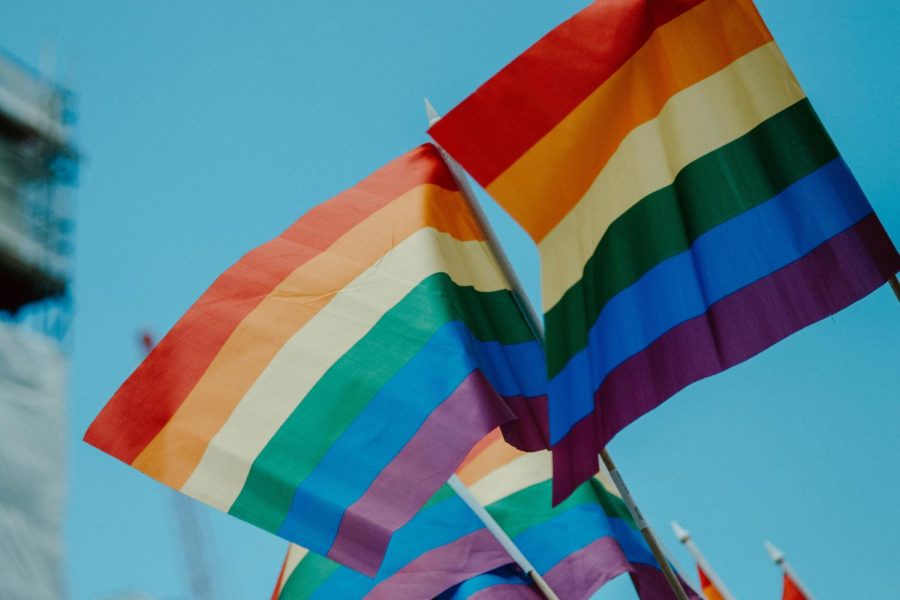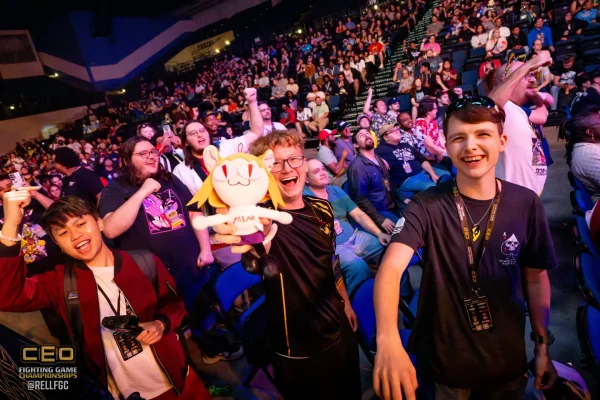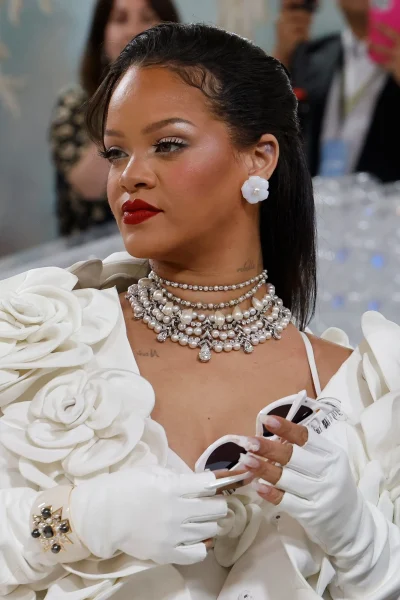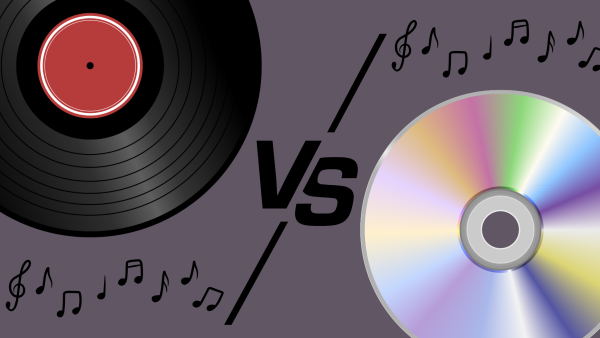Canceling Homophobia Through Unabashed Gayness
Best LGBTQ Korean Dramas
While a rise in representation when it comes to seeing the LGBTQ community on screen is at an all-time high in the United States, such representation is rarely found in Asian media. However, more and more instances of queer representation, specifically more for the gay community, have developed over the past few years, and will hopefully make their way to challenging the ideals of the countries the shows reside in. To keep these reviews and recommendations to a somewhat shorter rant than what it could be, only the most impactful or just simply adorable Korean LGBTQ shows will be mentioned in detail. And no, unlike the majority of the public, “Semantic Error” and “To My Star” are not included, though they should still be watched regardless of this analysis.
Consisting of 16 episodes with 20 to 30-minute runtimes- being one of the longest times given to a proper Kdrama revolved around an LGBTQ relationship- “Light On Me” depicts a love triangle between high schoolers Woo Taekyung, Noh Shinwoo and Shin Daon played by Lee Saeon, Kang Yooseok and Choe Chanyi. Although the storyline is far from original, with love triangles being one of the most overused tropes in romance-centered media, the show keeps the audience engaged with its perfect use of characterization. Shiwoon Namgoong, played by Go Woojin, is a personal highlight in a cast of characters that are written as stoic, brightening up each scene he’s in with his cheery demeanor and seemingly all-knowing personality. He might not have any real significance in the grand scheme of the story, but when even he can turn the most annoying character Lee Sohee, played by Yang Seohyun, into someone who’s relatively redeemable, that’s when the audience knows he’s special. Throw in a somewhat surprising conclusion to the love triangle, accompanied by a banger OST, and “Light On Me” serves as a refreshing high school Kdrama.
What most queer shows in Asia fail to grasp that “Light On Me” perfectly encapsulates is the explicit telling of a queer love story, especially among the youth that is in the specific age range to start figuring out their identity. It actually conveys to the audience aspects of the LGBTQ experience instead of blindly presenting two same-sex characters who fall in love regardless of any explanation. “Light On Me” doesn’t shy away from the realistic aspects of coming out in high school- in Korea no less- while not making the entire show revolved around the fact that the relationships presented are not heterosexual. The show doesn’t make a big deal about their characters being gay, and while it does acknowledge how that would realistically affect them, it ultimately just lets them be normal teenagers who fall in love and date as any other cheesy Kdrama would play out. It also doesn’t hurt that Shinwoo and Taekyung are the cutest couples to ever exist in the history of television.
Similar in setting, “Cherry Blossoms After Winter ” is about two high schoolers named Seo Haebom and Jo Taeseong, played by Ok Jinwook and Kang Hui respectively, who’ve lived with one another since childhood due to Taeseong’s mother taking Haebom in as a child. While the story seems to be far more rushed than the 30 chapters arc it was based on, the show paces the romantic development between Haebom and Taeseong in a way where it doesn’t seem too rushed. This is mainly in part due to the actors’ chemistry throughout the evolving plot, and because the audience knows the two characters have been blatantly pining after one another since they were kids. The only problem that exists within this harmless set-up is that none of the characters outside of the two mains leave a lasting impression, but when Haebom and Taeseong bounce off one another in a painfully love-sick way every time they’re on screen, it’s ultimately not important. Although leaving out a few details from the original material, and seemingly skipping the entire explanation and resolution on why the two main leads stopped being friends at such a young age, “Cherry Blossoms After Winter” stands alone as a light-hearted drama perfectly, and even services well as an adaptation of the manhwa it’s based on.
When it comes to the queer representation shown throughout the adaptation, there isn’t much to go off. While there are a couple of scenes of Haebom and Taesong experiencing homophobia from their classmates, the show doesn’t really take the time to explore how that affects their relationship or the lingering effects homophobia has on them in general. They seemingly just exist in their own little bubble, only having problems when it revolves around the development of their romance. Personally, that’s okay since neither the source material nor the adaptation was presented as anything that would break the boundaries of the LGBTQ community. It’s just cute enough that it doesn’t need an overarching plot about the negative aspects of being queer, and helps normalize the relationship between two men.
The plethora of media that now exists to center around the romance between two men is very prominently on the rise, however, representation when it comes to depicting the romance between two women is few and far between. One of the few out-and-proud representations of a lesbian relationship in recent years, and hopefully one that can lead the way to more highly-produced depictions, is the side couple from the drama “Nevertheless.”
They are arguably one of the best aspects of the show, with the main heterosexual couple being both boring and having a male lead who’s the definition of toxic. The friends-turned-lovers Yoonsol and Seo Jiwan, played by Lee Hojung and Yoon Seoah, may have to share the spotlight, but they shine on their own as a wholesome and surprisingly non-sexualized lesbian relationship. They do go through the constant misunderstanding of thinking the other likes a guy- even though Yoonsol acts far from anyone who’s interested in men- and would therefore never have their love reciprocated, but it does treat the two as any of the other, more inferior, couples on the show. Though there is no kiss scene between them on a show that’s very open about being more risqué than the other vanilla, hand-holding Kdramas that people are used to, them being together at all on such a mainstream drama is a big step toward more sapphic representation in Asian media.








